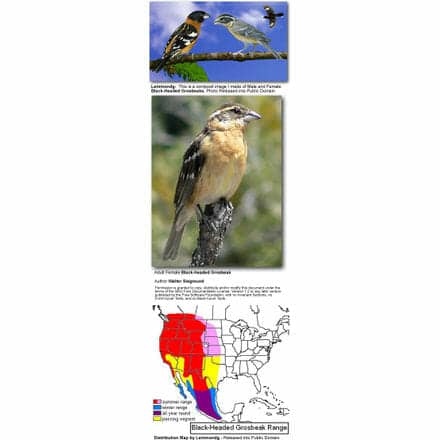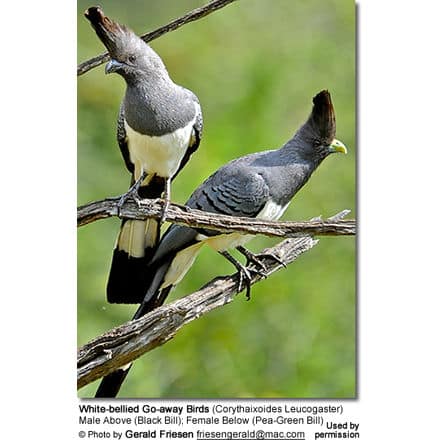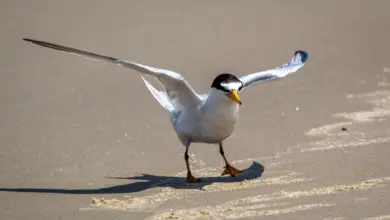Black-headed Grosbeaks
The Black-headed Grosbeaks (Pheucticus melanocephalus) – also known as Rocky Mountain Grosbeak– is a migratory bird, with nesting grounds from southwestern British Columbia, through the western half of the United States, into central Mexico.
They are also vagrants further south in Central America.

Alternate (Global) Names
Czech: dlaskovec ?ernohlavý, Kardinál cernohlavý … Danish: Sorthovedet Kernebider … Dutch: Zwartkopbisschop, Zwartkopkardinaal … German: Schwarzkopf-Kernknacker … Finnish: Mustapääkardinaali … French: Cardinal à tête noire, Casse-graine à tête noire, Gros-bec à tête noire … Italian: Beccogrosso testanera … Japanese: chabaraikaru … Spanish: Picogordo Tigrillo, Picogrueso Cabecinegro, Picogrueso tigrillo, Piquigrueso de Cabeza Negra … Norwegian: Svarthodetykknebb … Polish: luszcz czarnoglowy … Slovak: glezgovec ciernohlavý … Swedish: Svarthuvad kardinal
Description
The Black-headed Grosbeaks is similar in size to the Common Starling, with an approximate length of 18-19 cm or 6-1/2 to 7-3/4 inches in length.
The male has a black head. It also has black wings and tail with prominent white patches. Its breast is dark to tawny orange in color. Its belly is yellow.
The female has a brown head, neck and back with sparrow-like black streaks. She also has white streaks down the middle of her head, over her eyes and on her cheeks. Her breast is white and her wings. Her tail is greyish-brown with two white wing bars and yellowish wing edges.
Similar Species: The female-plumaged Black-headed Grosbeak resembles the female-plumaged Rose-breasted Grosbeak but can be identified by the buffier chest. Also the streaking is confined to the sides.
Nesting
Nests shaped like an open saucer are built by the female among the dense foliage on an outer branch of tall broadleaved trees or shrubs,
They are made of fine grass, rootlets twigs, bark and conifer needles, often lined with rootlets, hair, and fine plant material.
The average clutch consists of 2-5 pale green, blue or grey eggs that are spotted with reddish and dark brown.
Both male and female share the incubation duties for about 12 to 14 days. The young are fed by both adults.
The fledglings leave the nest about 11 or 12 days after hatching, but are unable to fly for another two weeks.
Diet
They forage on the ground or in the foliage or low vegetation and particularly like berry, primarily feeding on pine and other seeds, berries and insects, spiders and fruit. During the breeding season, they eat spiders, snails and insects.
It is specially adapted to feed on the poisonous monarch butterfly. It will also visit bird feeders for sunflower and other types of seed, and fruit.
Calls / Vocalizations
Its song is a rich warble sounding like a sharp ik or eek – similar to that of an American Robin, but more fluent, faster, softer, and mellow with rising and falling passages that make the song much longer than the American Robin’s.
Both the male and female are often heard singing – but they have different songs. They may sing from a perch or from the nest while incubating their eggs.





